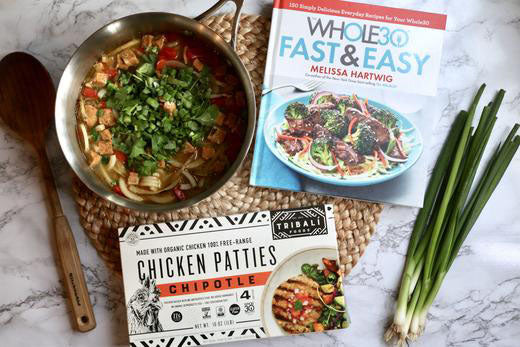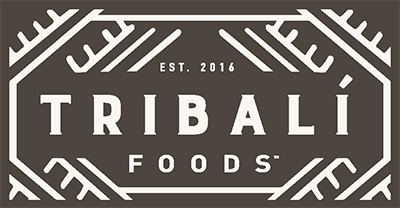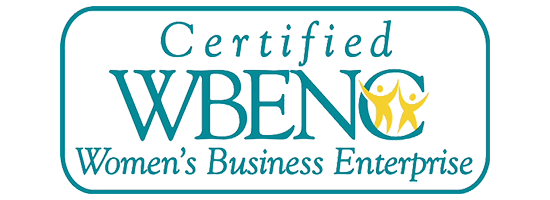


Whether you have heard of Whole30, have some lingering questions or are considering participating in one for the first time, here is your ultimate go-to guide for all things Whole30.
Tip: Make your Whole30 a breeze with these tips and Whole30 approved recipes.
What is Whole30?
The Whole30 Program, is an elimination protocol that was first developed in 2009 by Melissa and Dallas Hartwig. By eliminating the most common food disruptors (alcohol, dairy, gluten, refined grains and sugars) for 30 days, you allow your body to heal and recover from common food culprits that can irritate the body’s systems and processes.
What are the Benefits of Whole30?
By simply removing common food culprits, Whole30 participants have reported weight loss and a multitude of non-scale victories including better sleep, clear skin, increased energy, pain free joints along with so much more. Despite the physical benefits of participating in a Whole30, one of the greatest benefits is the Whole30 program can help create a healthier relationship with food, both mentally and emotionally.
What Foods Can’t I Eat on Whole30?
On the Whole30, participants will remove the following foods from their diets for 30 days:
- Alcohol
- Dairy like cheese, cream, milk and yogurt
- Grains such as barley, oats, wheat and even gluten-free grains like rice
- Sugars, both real and artificial. This includes agave, coconut sugar, honey, maple syrup and stevia
- Legumes like beans, corn, peanuts, peanut butter and soy
- MSG, carrageenan and sulfites
- Recreated food items with approved Whole30 ingredients
Review a full list of Whole30 Program rules.
What Foods Can I Eat on Whole30?
Now that you know what foods you can’t eat on the Whole30 program, let’s go over what foods you can eat on the Whole30.
- Quality fats like nuts and seeds, except peanuts as they are considered a legume
- Quality meats like beef, chicken, pork and turkey
- Seasonal fruits and vegetables
What Should I Expect on a Whole30?
Like with any new way of eating or adjustments within your daily lifestyle you will experience good days and bad days as well as highs and lows. Although everybody and every body is different, there are some symptoms one can expect when completing a Whole30. Here’s a rough timeline of what to expect when completing a Whole30.
- Day 1: This is easy!
- Days 2-3: These days are often referred to as the hangover days because you are experiencing all of the effects from the non-Whole30 foods you enjoyed before starting the program.
- Days 4-5: Day four and five are usually when reality sets in and you may begin to question your initial decision of signing up for a Whole30, but don’t give up now.
- Days 6-7: Many people report feeling extra tired and sluggish these days since their body is no longer relying on quick sugar fixes for extra energy throughout the day. Give yourself some grace and clock some quality sleep during this time.
- Days 8-9: Everyone is different, but some people report feeling bloated on days 8 and 9.
- Days 10-11: Days 10 and 11 are the hardest days and are the days when most people are likely to throw in the towel and call it quits, but don’t give up yet, it gets better.
- Days 12-15: After experiencing the energy slump and some bloating, your energy levels finally begin to return.
- Days 16-27: These are the days when your body finally begins to feel the full effects of the Whole30 and most people report feeling their best during this time.
- Days 28-30: It’s the homestretch and you’re almost there!
- Day 31: Congratulations! You just completed a Whole30, but you aren’t done quite yet. Now comes the reintroduction period.
One of the biggest factors that deters people from the Whole30 program is the weekly grocery shopping and meal planning. However, there are many valuable resources available to you to help make your Whole30 journey a success. Here are a few of our favorite guides:
- Printable Whole30 Shopping List
- A list of Whole30 Approved Brands
- Whole30 Recipes
- Whole30 Meal Templates
- Additional Whole30 Resources including shopping lists for those with special diets
The Whole30 is a great tool to reset your health, ultimately giving your body a break from foods that are known to cause inflammation and disruption to your body’s natural systems and processes. If you are thinking of participating in a Whole30, take the time to plan and prepare accordingly by using the above resources and tools that will help set you up for a successful Whole30.







